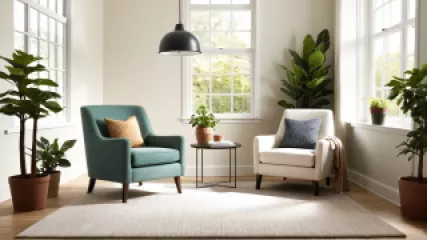Research Summary on Effective Expressive Arts Therapy Techniques
il y a 1 an
Thérapie par les arts expressifs
What Are the Top Challenges Faced by Adoptive Parents?
il y a 1 an
Défis des parents adoptifs
A Step-by-Step Guide to Exploring Expressive Arts Therapy Online
il y a 1 an
Thérapie par les arts expressifs
6 Practical Coping Strategies for Mental Health Recovery
il y a 1 an
Parcours de rétablissement
Building Trust: The Science Behind Effective Therapy Sessions
il y a 1 an
Renforcement de la confiance
How Can Yoga Help Improve Mental Health?
il y a 1 an
Yoga pour la santé mentale
7 Proven Steps to Manage Exam Stress
il y a 1 an
Gérer le stress des examens
Expressive Arts Therapy for Stress Relief: A Step-by-Step Guide
il y a 1 an
Thérapie par les arts expressifs
10 Essential Tips for Navigating the Challenges of Adoptive Parenting
il y a 1 an
Défis des parents adoptifs
The Ultimate Guide to Improving Teenage Mental Health
il y a 1 an
Santé mentale chez les adolescents
Embracing the Ups and Downs of Mental Health Recovery
il y a 1 an
Parcours de rétablissement
Embracing Imperfections: A Case for Letting Go of Perfectionism
il y a 1 an
Surmonter le perfectionnisme
My Journey Through the Art of Apology: A Personal Story
il y a 1 an
L’art de s’excuser
My Journey to Healthier Relationships: Escaping Toxicity
il y a 1 an
Gérer les relations toxiques
Overcoming Challenges of Adoptive Parenting: A Step-by-Step Guide
il y a 1 an
Défis des parents adoptifs















